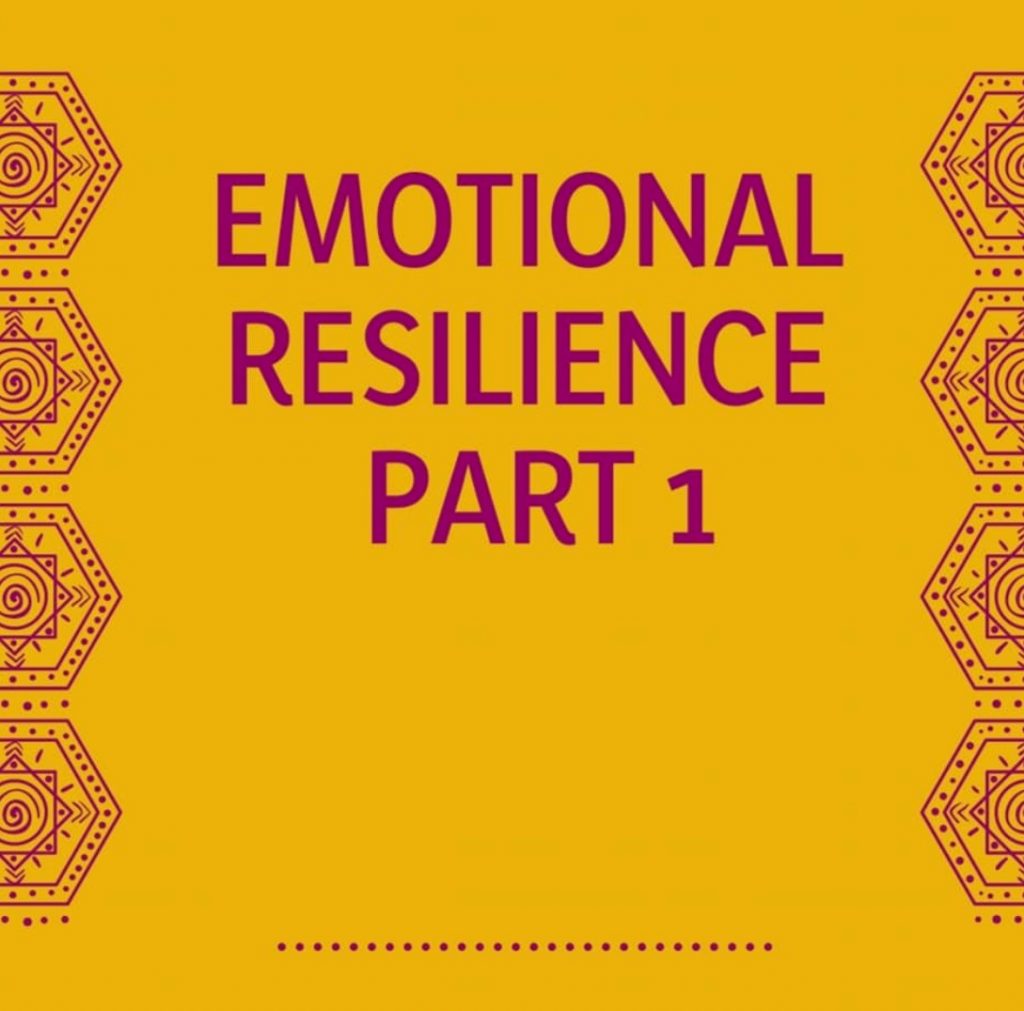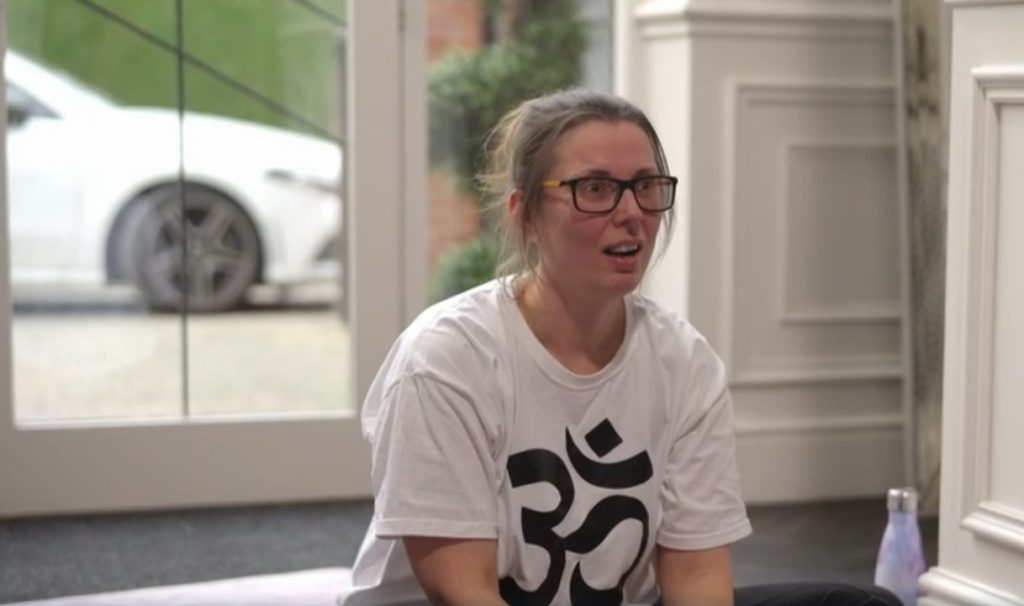Trusting Life
Dance with life
Let it guide you
With every move you make
Trust life
Let it show its beauty
With every breath you take
Listen to life
Let it whisper its secrets
To your ear every night
Fall in love with life
Let it lead you
Let it be by your side
(Anna Smithers, Ashram May 2023)
Posted in Newsletter by Anna Smithers with comments disabled.
Trusting Life

Personally, I have a love-hate relationship with life. I always see it as this separate entity floating around or above me. You can call it whatever you want but I’m sure you know what I mean. I really believe (and again it doesn’t have to be your belief) that life is an all-knowing, loving entity trying to help me each day. However, the conditioning of my mind and everything I have been programmed with is not allowing me to see the bigger picture. In those moments I feel like a victim and complain about how life is unfair. Only after a while do I realise that whatever happened to me, happened for a reason.
I remember the day when I and my husband decided to buy a house together. Our first house was repossession and just when we were about to sign the contract with a solicitor, the agent rang that the cash buyer paid £1000 more than our offer and the house never became ours. I cried for a week, asking myself questions like “Why does it happen to me?”. The second house had problems with unfinished roads and it took us months to realise that this won’t happen as well. Now I started to question if the universe actually wants us to be together. At the same time, my cousin managed to buy land and build a house and we still couldn’t find ours. And only when we walked to our current house I understood everything. I fell in love with it at first sight and it was 500 times better than any of the other houses we had seen. We bought it within weeks with no issues whatsoever.
Trusting life doesn’t mean not to try. Trusting life means having an open mind and understanding that life gives us what we need which is not always what we want at the time.
In a world often filled with uncertainty and chaos, learning to trust life can be a powerful and transformative practice. Trusting life means surrendering to the flow of existence, embracing your own vulnerability, and allowing yourself to be guided by intuition. But it’s not always the easiest practice, especially for people like me who are control freaks. So what can we do?
- Embrace Your Helplessness
One of the paradoxes of life is that true strength often arises from embracing our vulnerabilities and accepting our limitations. It’s essential to acknowledge that we are not always in control of every aspect of our lives. There are situations where we must confront our own helplessness and recognize that it’s okay not to have all the answers. When you embrace your helplessness, you open yourself up to growth and resilience. Instead of resisting it, you accept it as a part of the human experience. In doing so, you become more adaptable and better equipped to navigate life’s challenges.
- Release What You Cannot Control
Control is a concept many of us struggle with. We often cling to the idea that if we can control every aspect of our lives, we can prevent suffering or guarantee our desired outcomes. However, this desire for control can lead to stress, anxiety, and disappointment when things don’t go as planned. And often they are out of our control. Trusting life involves releasing the need to control everything and understanding that some things are beyond our influence. By letting go of control, you free up mental and emotional energy to focus on what you can change and make more mindful choices.
- Listen to Your Intuition
Your intuition is a powerful guiding force that can help you make decisions aligned with your true self and your deepest desires. Trusting life means learning to listen to this inner wisdom. It often speaks softly, through gut feelings, hunches, or subtle nudges, but it can be a reliable compass in the journey of life. So tap into your intuition, and create space for stillness and self-reflection. Practice mindfulness, meditation, or journaling to connect with your inner voice. As you become more attuned to your intuition, you’ll find it easier to make choices that resonate with your authentic self.
- See Life as a Teacher – Everything Happens for a Reason
Life is an ever-evolving classroom, that offers us valuable lessons and experiences. Instead of viewing challenges and setbacks as obstacles to overcome, try to see them as opportunities for growth. Every situation, whether positive or negative, can teach you something valuable. When you embrace the idea that everything happens for a reason, you shift your perspective from being a victim to empowerment. You become more resilient and open to learning, knowing that even the most challenging moments can ultimately contribute to your personal development.
- Create a Relationship with Life
Trust is the foundation of any meaningful relationship, and your relationship with life is no different. Cultivate a sense of trust in the universe, or whatever higher power or belief system resonates with you. Understand that life is not your enemy but your ally on this journey. Building a positive relationship with life involves gratitude, acceptance, and a willingness to collaborate with the forces at play. When you trust that life has your best interests at heart, you can navigate its ebbs and flows with greater ease.
- Surrender to Life
Perhaps the most profound aspect of trusting life is the act of surrender. Surrendering does not mean giving up; it means letting go of resistance and allowing life to unfold naturally. It’s an act of faith in the inherent wisdom of the universe. Surrender requires patience, humility, and a willingness to embrace uncertainty. It means trusting that, ultimately, things will work out as they are meant to, even if you can’t see the full picture in the present moment.
Trusting life is an ongoing practice that can bring a profound sense of peace and fulfillment. Trusting life allows you to embrace the beauty of the unknown and find meaning in every moment, no matter where your journey takes you. So what do you have to lose? Try it.
Posted in Newsletter by Anna Smithers with comments disabled.
Emotional Resilience Part 1

Definition of resilience – “the capacity to withstand or to recover quickly from difficulties.”
Life is never just about being happy, it throws at us many different things outside of our control. In many situations, we can’t change any of it, but what we can change is our perception of the situation and our reaction to it. And yoga can help us to do it, it can help us to recover much quicker.
Emotions are an intricate and integral part of the human experience. They have the power to shape our perceptions, decisions, and actions. Often, we tend to categorize emotions as either “good” or “bad,” judging them based on societal norms and personal biases. However, yoga made me understand that emotions are merely energy in motion and that their inherent value lies in how we choose to navigate and utilize them. Imagine your emotional landscape as a vast canvas splashed with a spectrum of colours. Each emotion represents a distinct shade, and together they form a rich palette that shapes our experiences. Just as an artist blends colours to create a masterpiece, our emotional palette offers us infinite possibilities for self-expression, growth, and understanding. In society, we often tend to categorize emotions into: happiness versus sadness, love versus hate, joy versus anger. However, this view fails to acknowledge the complexity and depth of our emotional lives. Emotions, in their essence, are neither good nor bad. They are natural responses to our perceptions, experiences, and internal states. Rather than labelling certain emotions as undesirable, we should strive to understand their messages and lessons. Anger, for instance, can be a powerful motivator for change, while sadness can deepen our empathy and connection with others. By accepting and exploring our emotional diversity, we unlock a profound opportunity for personal growth and transformation.
Often, when faced with “negative” emotions, many of us have a natural tendency to avoid or suppress them rather than face them. This pattern of avoidance can be seen as sweeping these emotions under a metaphorical rug, hiding them from immediate view. While this approach may provide temporary relief or allow us to cope in the short term, it can have long-term consequences.
By avoiding or suppressing negative emotions, we fail to address their underlying causes or find healthy ways to process them. Instead, these emotions accumulate in our subconscious, creating an energetic vortex. This vortex acts as a sort of emotional whirlpool, perpetuating a cycle where negative emotions remain unresolved. As this vortex gains strength, it gradually drains our energy and vitality. The emotional turmoil lurking beneath the surface affects our mental well-being, often manifesting as stress, anxiety, or even depression. It consumes our mental and emotional resources, leaving us feeling exhausted and disconnected from our true selves. Moreover, this vortex can impact our relationships with others. Unresolved negative emotions can subtly influence our interactions, leading to miscommunication, heightened conflict, or emotional distance.
To break free from this draining cycle, it’s essential to face our emotions rather than sweeping them under the rug. By acknowledging and accepting these emotions, we open the door to understanding their roots and finding healthier ways to process and release them.
Step 1 – acknowledging the emotions
When we experience intense emotions such as joy, sadness, anger, or fear, our bodies often respond in various ways. These bodily reactions can range from subtle changes in heart rate, breathing, and muscle tension to more noticeable sensations like a racing heart, sweaty palms, or a sinking feeling in the gut. This mind-body connection is unquestionable. Even through our language we often express the connection between emotions and the body. We use phrases like “you broke my heart” or “I feel like someone kicked me in my guts” to communicate the impact of emotional experiences. These expressions highlight how emotions can be felt and experienced as bodily sensations. Scientific research supports the notion that emotions are indeed stored in our bodies. Studies have shown that emotions can elicit specific physiological responses, activating different areas of the brain and releasing various neurotransmitters and hormones. For example, stress and fear can trigger the release of cortisol and adrenaline, leading to increased heart rate and heightened alertness. Similarly, feelings of love and connection can result in the release of oxytocin, promoting relaxation and a sense of well-being. When we ignore or suppress our emotions, they can become trapped within our bodies, potentially leading to physical discomfort or even health issues over time. Acknowledging our emotions and their bodily manifestations is an essential aspect of emotional intelligence and self-awareness. By recognizing and accepting our emotional experiences, we can develop a deeper understanding of ourselves and better navigate the complexities of life. This process involves becoming attuned to our bodily sensations and learning to interpret them as signals of our emotional state.
It is important to find a few minutes and check how you feel. Sitting in a nice, calm environment. Maybe close your eyes and place one hand on your chest and one on your tummy and ask yourself a question – How am I today? How do I feel? What is my body telling me? In our class, we have done a drawing exercise when we tried to befriend the emotions and visualize them. Imagine your body shape and see where you feel the emotion, which part of your body, or maybe outside of your body? Do the emotions have got a shape or a colour? Maybe it has a taste or a sound, lights? If you were to touch it would it be soft or spiky? Try to get to know your emotions a little bit better. Draw them, name them, and be aware of them.
Step 2 – accepting and feeling the emotions
Once we have identified our emotions, the next crucial step is to fully accept them and allow them to exist without resistance. It is a natural human tendency to try and suppress or avoid uncomfortable emotions, but doing so can be detrimental to our well-being. By acknowledging and accepting our emotions, we create a space for healing and growth. Acceptance means recognizing that emotions are a fundamental part of being human. We all experience a wide range of emotions, including happiness, sadness, anger, fear, and many others. Each emotion serves a purpose and carries valuable information about our inner state. When we resist or deny these emotions, we suppress an essential aspect of ourselves and hinder our ability to understand and navigate our experiences. Allowing emotions to be means giving ourselves permission to experience them fully. It involves surrendering to the intensity of the emotion and embracing the discomfort it brings. It’s important to remember that emotions, no matter how overwhelming they may seem, will not harm us, however, if your mental health is not in good shape it might not be a great moment to do so. Your mind and your body will let you know if you are ready. Emotions are just temporary states that arise in response to our thoughts, beliefs, and experiences.
Fully accepting and allowing our emotions requires self-compassion and non-judgment. We must cultivate an attitude of kindness towards ourselves and recognize that emotions are neither good nor bad; they simply are. By embracing our emotions without labelling them as right or wrong, we create a space for self-acceptance and self-growth. Moreover, accepting and allowing our emotions can enhance our emotional intelligence. It enables us to understand ourselves better and empathize with others who may be going through similar experiences. When we fully experience and accept our own emotions, we become more attuned to the emotions of those around us, fostering deeper connections and more meaningful relationships.
Posted in Newsletter by Anna Smithers with comments disabled.
Allowing others to walk their path part 2

Giving children the freedom to choose their own path:
As parents, it is natural to want to protect and guide your children. However, it is important to remember that they are their own individuals with their own unique personalities, interests, and talents. Trying to control every aspect of their lives can lead to feelings of frustration, rebellion, and resentment.
Instead, it is important to give children the freedom to explore their interests and passions. This means allowing them to make their own decisions, even if they don’t align with your own preferences. It also means trusting that they will learn from their mistakes and make the right choices for themselves.
Allowing parents to make their own decisions:
As adult children, it can be difficult to watch our parents make decisions that we don’t agree with. It is important to respect your parents’ autonomy and give them the freedom to make their own decisions. This means listening to their perspective and trusting that they will make the right choices for themselves, even if you don’t necessarily agree with them. Trust the process, at the end of the day, they managed to raise you.
And most important – giving yourself permission to walk your own path:
Many people live their lives according to the expectations of others, whether it is pleasing their parents, partners, or children, conforming to social norms, or living up to the standards of their peers. While it is important to consider the perspectives of others, it is crucial to give yourself permission to live your life according to your values and aspirations.
This means taking the time to reflect on what is most important to you and what brings you joy and fulfilment. By giving yourself permission to live your life, you can unlock your potential and create a life that is truly your own. We all have a unique voice and perspective to share with the world. Finding your unique voice means embracing your individuality and sharing your perspective with others. This may involve taking risks, speaking up for what you believe in, and pursuing your interests and passions. By finding your unique voice, you can build a greater sense of self-awareness, confidence, and authenticity.
Letting others walk their own paths can lead to greater harmony and understanding in our relationships with others and it also gives us permission to do the same with our lives. By accepting and supporting the individuality of those around us, we can build stronger connections and foster greater mutual respect and trust.
Posted in Newsletter by Anna Smithers with comments disabled.
The Real Housewives of Cheshire Yoga

 Because why not?! My face says it all…
Because why not?! My face says it all…And remember you don’t have to be rich to join my yoga classes, just saying

https://orangelotusyoga.co.uk/classes/
Posted in Newsletter and tagged #yoga, anna smithers, Crewe Yoga, orange lotus yoga, yoga Cheshire, Yoga Crewe by Anna Smithers with comments disabled.